Pork Dinuguan
$64.00 – $94.00
Dinuguan is a classic Filipino dish known for its rich and savory flavor. It is often referred to as “chocolate meat” due to its dark color, although it doesn’t contain chocolate. The main ingredient of dinuguan is pork, typically pork belly or shoulder, although other parts such as intestines or liver may also be used.
Description
Additional information
| Size |
Full Tray, Half Tray |
|---|
Reviews (0)
Be the first to review “Pork Dinuguan” Cancel reply
Shipping & Delivery
Related products
Beef Kare-Kare
$70.00 – $98.00
Beef Kare-Kare is a traditional Filipino dish made with tender beef, vegetables, and a rich peanut sauce. It's often served with bagoong (fermented shrimp paste) on the side for an extra flavor kick. The beef is typically simmered until tender and combined with various vegetables like eggplant, banana hearts, and string beans. The peanut sauce is made from ground peanuts or peanut butter, annatto seeds for color, and other ingredients like garlic, onions, and shrimp paste for flavor. It's a hearty and flavorful dish that's perfect for sharing with family and friends.
Inihaw Pork Isaw
$60.00 – $92.00
Pork isaw is a popular Filipino street food made from pork intestines, specifically the lower part or the rectum portion of the pig's large intestine. These intestines are cleaned thoroughly, then skewered onto bamboo sticks and grilled over hot coals until they are cooked through and develop a slightly crispy exterior.
Inihaw Pork Liempo
$64.00 – $94.00
Inihaw pork liempo is a Filipino dish featuring marinated pork belly that's grilled or roasted until tender and charred on the outside. The pork belly is typically marinated in a mixture of soy sauce, calamansi juice (or lemon juice), garlic, pepper, and sometimes sugar or other seasonings. This dish is a popular choice for gatherings, parties, and family meals in the Philippines, known for its smoky aroma and savory taste.
Pinoy Spaghetti
$60.00 – $70.00
Pinoy spaghetti is a Filipino version of spaghetti that has its own unique sweet and savory flavor profile. It's a popular dish in the Philippines, often served at parties, gatherings, and family meals. Pinoy spaghetti is usually sweeter than the Italian or Western-style spaghetti due to the addition of sugar or condensed milk. It's often served over cooked spaghetti noodles and topped with grated cheese, which adds a creamy and salty contrast to the sweetness of the sauce.
Pinoy spaghetti is enjoyed by people of all ages in the Philippines, and it's often considered a comfort food that evokes feelings of nostalgia and home. It's a delicious and comforting dish that reflects the Filipino palate's love for sweet and savory flavors.
Pork Dinakdakan
$64.00 – $94.00
Dinakdakan is a traditional Filipino dish originating from the Ilocos region in the northern part of the Philippines. It's a savory and tangy appetizer or main dish made primarily from grilled pork parts, typically including pig's ears, cheeks, and liver. After grilling, the meat is chopped into bite-sized pieces and mixed with various flavorings such as calamansi juice (a local citrus fruit), vinegar, onions, and chili peppers. The dish is known for its bold and zesty taste, with the acidity of the vinegar and calamansi cutting through the richness of the grilled pork. Dinakdakan is often enjoyed as a pulutan (beer match) or as part of a hearty meal, served alongside rice or with a side of pickled vegetables. It's a favorite among Filipinos for its robust flavor and is commonly served during gatherings and celebrations.
Pritong Bangus
$60.00 – $90.00
"Pritong Bangus" is a Filipino dish consisting of fried milkfish. Bangus, also known as milkfish, is a popular fish in the Philippines due to its tender, flavorful flesh.
Pritong bangus is often served with a side of steamed rice and a dipping sauce made from vinegar, soy sauce, and chopped onions and chili peppers. It's a popular and satisfying dish enjoyed by many Filipinos for its crispy texture and delicious flavor.
Special Buko Pandan
$10.00
Buko Pandan is a popular Filipino dessert that combines two main ingredients: buko (young coconut) and pandan-flavored gelatin. It's a refreshing and creamy dessert that's often served at parties, gatherings, and special occasions in the Philippines. Buko Pandan is often served chilled and garnished with additional shredded coconut or a drizzle of condensed milk on top. Its combination of creamy coconut, aromatic pandan, and chewy gelatin makes it a delightful and refreshing treat enjoyed by many Filipinos.
Special Leche Flan
$8.50
Leche flan is a delicious and creamy caramel custard dessert that is popular in many Spanish-speaking countries and the Philippines. It's made with simple ingredients like eggs, condensed milk, and sugar. The custard is traditionally steamed in a mold until it sets, creating a smooth and velvety texture. After it cools, the leche flan is inverted onto a plate, revealing a beautiful layer of golden caramel sauce on top. It's a sweet treat often enjoyed on special occasions and holidays, and it's beloved for its rich flavor and silky consistency.



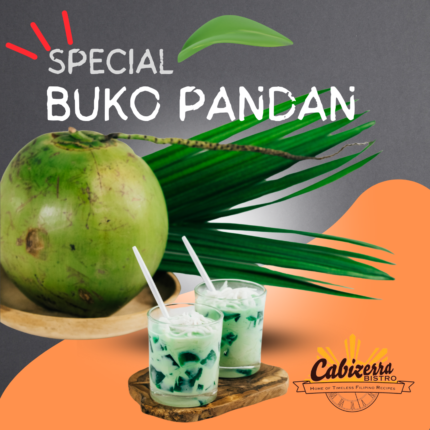
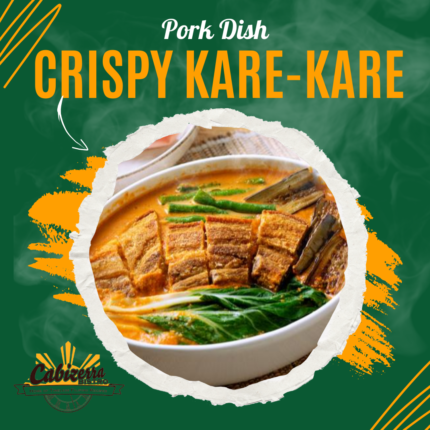
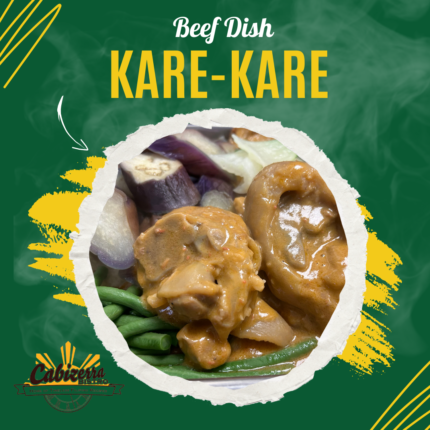
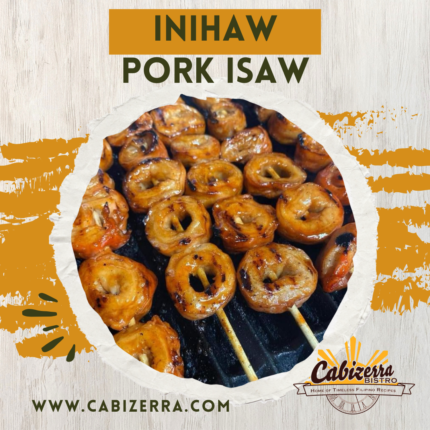
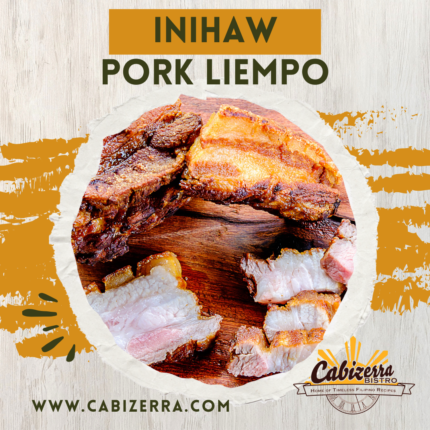

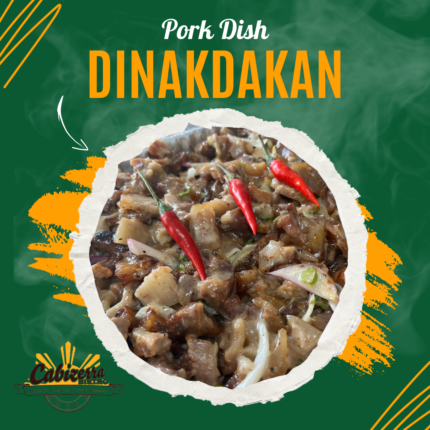
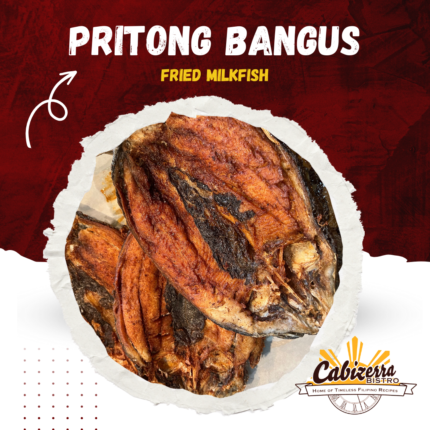
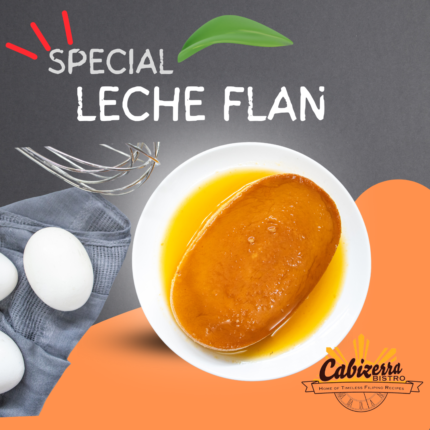
Reviews
There are no reviews yet.